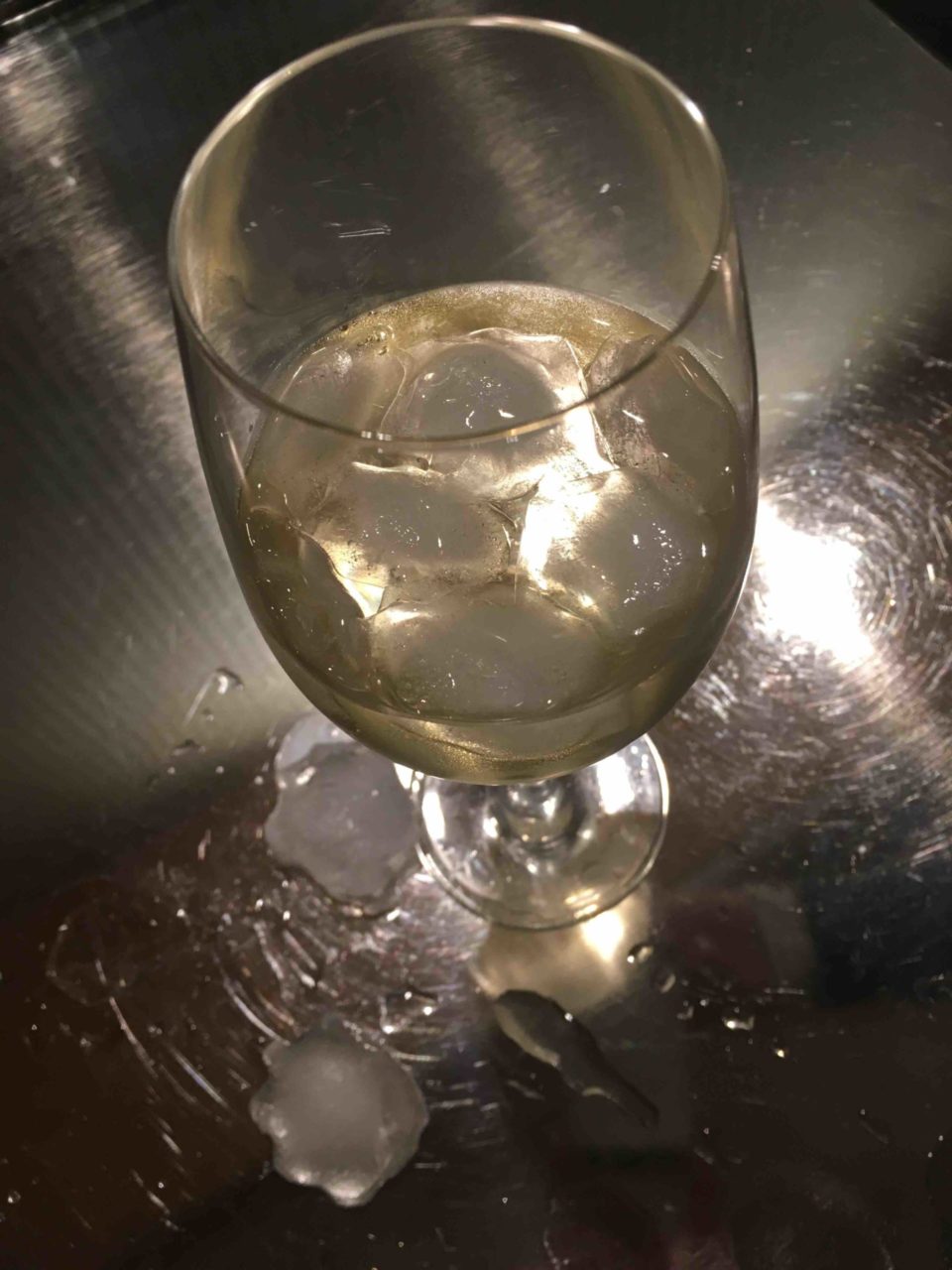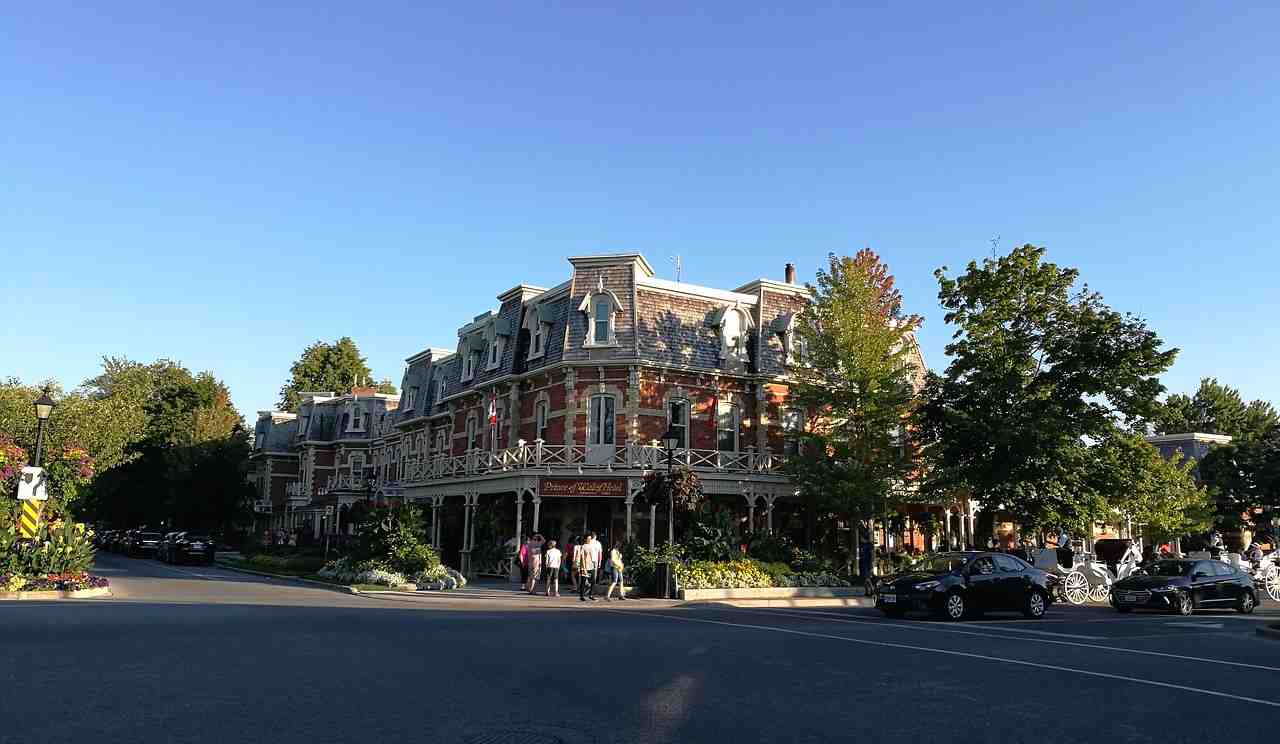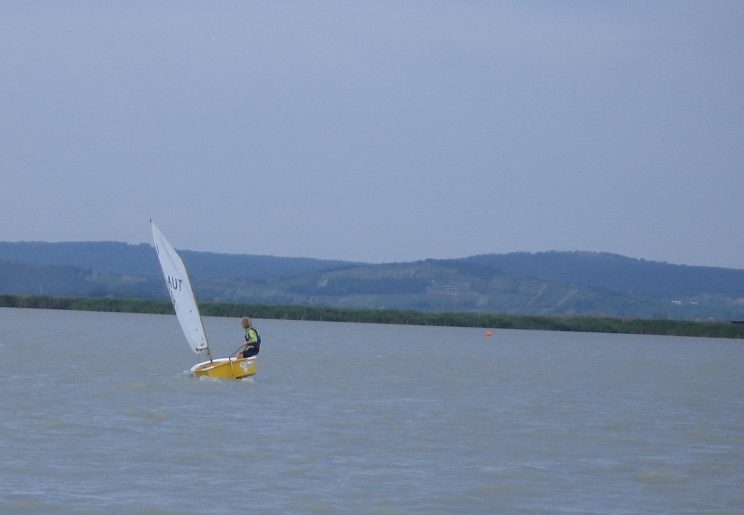
Wine has been grown in China for around 4,600 years. There are currently almost 900,000 hectares of vines. However, the largest part of around 800,000 hectares is used to produce raisins – only around 100,000 hectares are used for viticulture. On this area, around 15 million hectoliters of wine are produced in 11 wine-growing regions,





 Austria has many sweet wines to offer, very well known are those which originate round the Lake Neusiedl. Worldwide recognised are especially the sweet wines of the Seewinkl, located on the southeastern lake side near Hungary. In the southernmost part of the Seewinkel, in Apetlon, the Winery Michael Opitz farms vineyards of seven hectares surrounded by salt lakes and meadows, with a sustainable approach . The microclimate is characterized by cold winters, a rainy spring, dry, hot summers and a …
Austria has many sweet wines to offer, very well known are those which originate round the Lake Neusiedl. Worldwide recognised are especially the sweet wines of the Seewinkl, located on the southeastern lake side near Hungary. In the southernmost part of the Seewinkel, in Apetlon, the Winery Michael Opitz farms vineyards of seven hectares surrounded by salt lakes and meadows, with a sustainable approach . The microclimate is characterized by cold winters, a rainy spring, dry, hot summers and a …